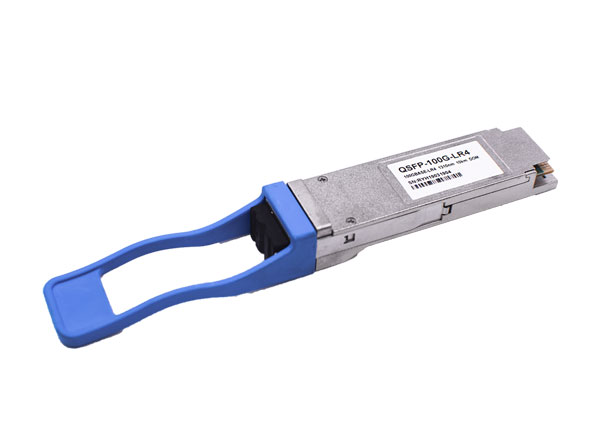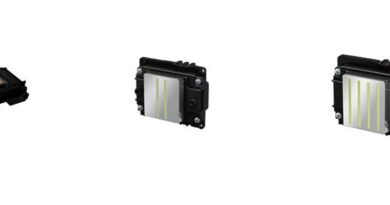What Is 100G QSFP28 Optical Transceiver?
The 100G QSFP28 optical transceiver is an enhanced version of the QSFP+ transceiver, offering four channels of 25G each that operate at a nominal wavelength of 850nm. It is the most widely-deployed form of high-speed communication today, and is used in applications such as data centers and cloud services. The CFP (C Form-factor Pluggable) optical transceiver is a more advanced version of the QSFP+ that can support up to eight channels of 25G each at a nominal wavelength of 850nm. It is designed for applications such as high-bandwidth connections between data centers, providing a more reliable and cost-effective way to transfer data at 100G speeds. Finally, the LR (Long Reach) optical transceiver is designed to support up to four channels of 10G each at longer distances than other transceivers. It is often used in applications such as long-distance communication between data centers or internet backbones.
100G Module Standards
As one of the most relevant configurations for 100G transceivers, the QSFP28 SR4, QSFP28 LR4 and QSFP28 ER4 are defined by two major standards organizations, IEEE and Multi Source Agreement (MSA). While qsfp28 stands for the form factor, ’29’ is used to represent each lane capacity crowning at a maximum of 28Gbps. The last two letters indicate the range; ‘SR’ being shorter transportation distances (can go up to 100m) while ‘LR’ and ‘ER’ stands for longer reach transmission up to 10km and 40 km respectively. Lastly, the number 4 representing four lanes means that a qsfp28 LR4 module can send and receive signals at a max rate of 100G over four distinct wavelengths with a distance of 10km.100GBASE-SR4 and 100GBASE-LR4 are the most widely employed specifications in this format making qsfp28 transceiver an absolute favorite among network engineers.
QSFP28 Transceiver Application Guide
100G QSFP28 optics have revolutionized networking construction due to their compact size, low power consumption, and high performance. 100G Ethernet, Data Center Interconnects, Infiniband QDR and DDR interconnects, and Enterprise Networking are among the many prominent uses for 100G QSFP28 optics. However, specific applications can depend on the actual need for a given environment. For example, 100G QSFP28 SR4 is usually used for data centers with transmissions within 100m of each other, 100G PSM4 for a 500m transmission distance, and 100G CWDM4 for 2 km transmission distance – all at a comparatively more cost-effective rate. 100G QSFP28 optics thus offer a reliable but customizable 100G application to suit any scenario.
Select the Best QSFP28 Optics?
Choosing the best 100G optics for your application can be daunting. With so many options, it can be difficult to know which one best fits your needs. Thankfully, we have a selection guide that can help you determine which optical transceiver module best meets your requirements. For transmission distance between 5m and 100m, you should consider the QSFP28 SR4 module. It supports 70m using OM3 fibers or 100m using OM4 fibers. If you need something more powerful than this, the QSFP 100G PSM4 or QSFP28 CWDM4 modules are likely the best option for transmission distance between 100m and 2km. Keep in mind that the cost of QSFP28 CWDM4 is quite high compared to other options, but its two-way transmission requires only two single mode fibers versus eight single mode fibers of the QSFP 28 PSM4. Weigh both options carefully and make sure to choose the best one so that you won’t end up paying more than necessary!




